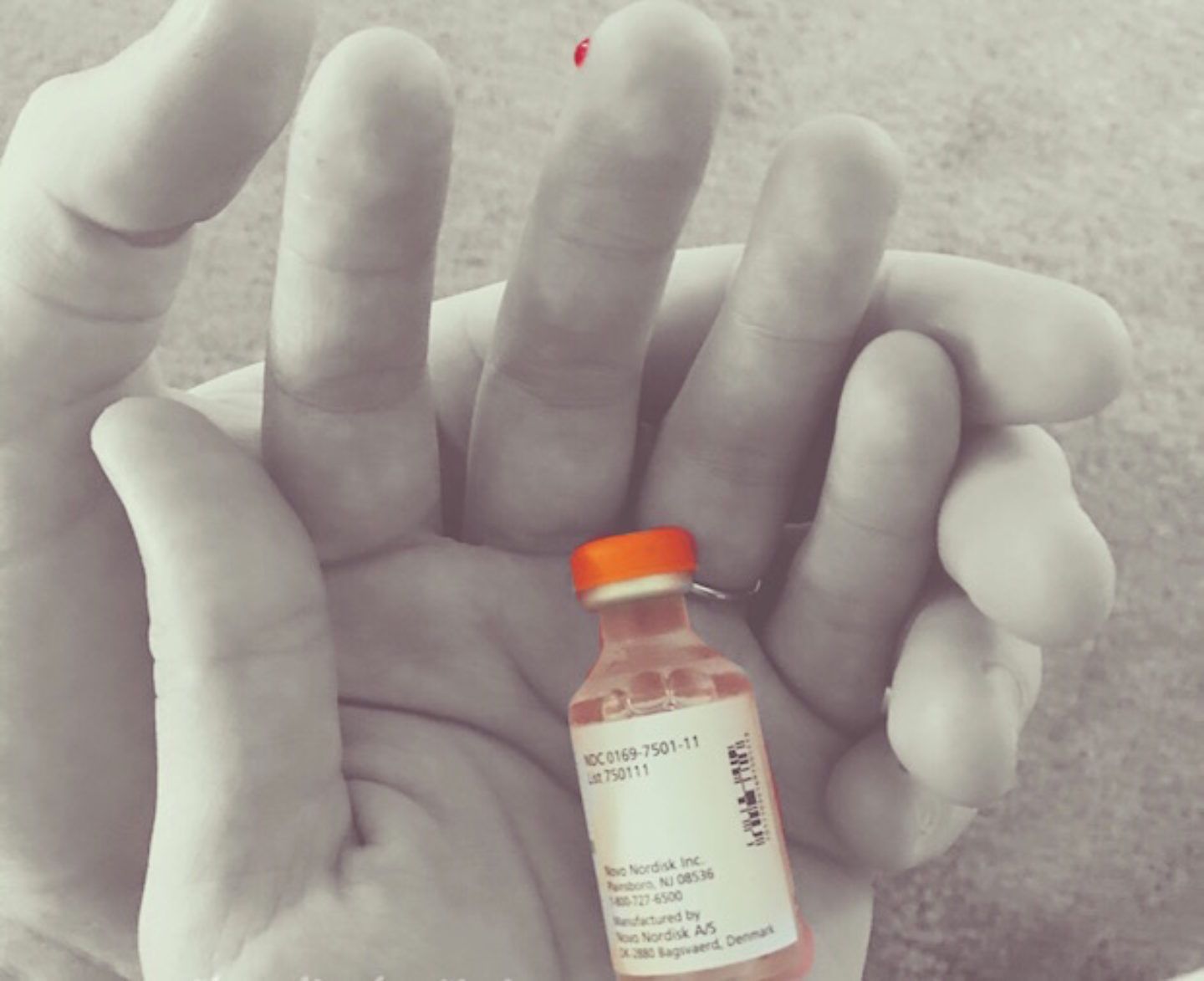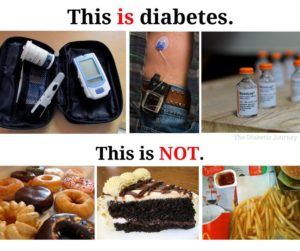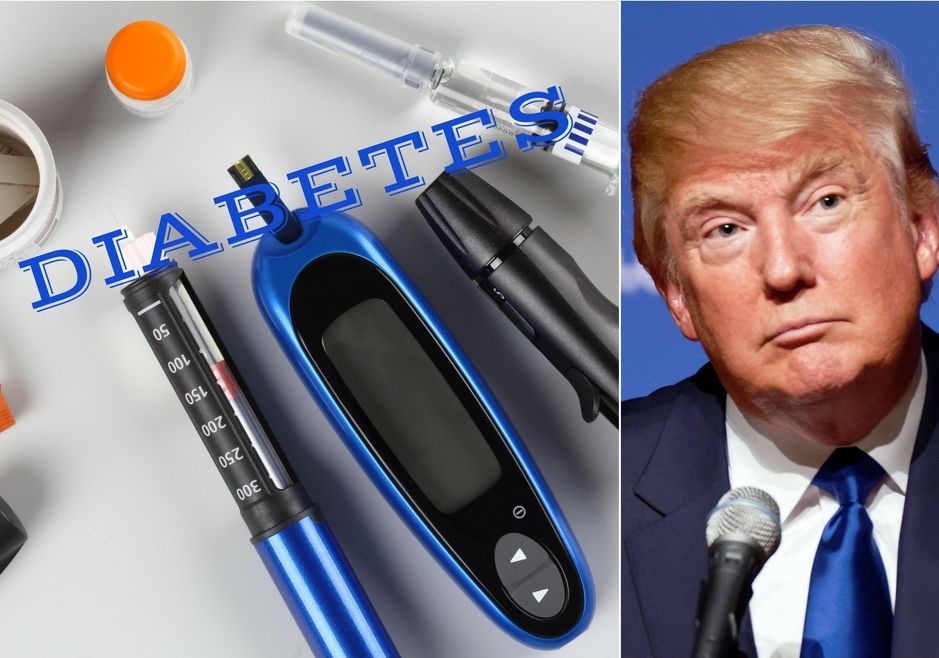My Journey With a Type 1 Diabetic
Written by: Mitchell Jacobs
I remember the first time I met Brittany, it was like yesterday. She was this cute, bubbly, giggly girl. But mostly what I remember is how beautiful I thought she was. We began dating when I was only 19, I was fresh out of high school without a clue of what the world was or even what diabetes was.
All I knew was my pickup truck, my dog Petey and this girl I couldn’t stop thinking about. Then one day I was with her and she introduced me to this disease I had never been familiar with. Known as Type 1 Diabetes. We were out to lunch like any couple would be and Brittany began to explain to me the details of her disease. I didn’t know anything, and at the time it didn’t really phase me much either.
As months passed we moved in together. This is when I really started to see how ugly of a disease Type 1 Diabetes really is. Her family had recently dropped her from the insurance and Brittany and I began to feel the repercussions of it, barely being able to afford food, let alone insulin.
I began to see Brittany’s blood sugars crashing to lows so severe that she would become unconscious. I was having to wrestle with my girlfriend going from normal to extremely combative to unconscious, and having to call 911, all within an hour. I was flabbergasted by this disease. “What in the HELL was going on!” Why is her blood sugar so wacky and why can’t we figure this out?”
I remember becoming so involved in trying to figure this disease out and be as supportive as I possibly could. One day she had an appointment at the endocrinologist’s office, and I stayed up the whole night thinking about questions to ask this Doctor, so I could write them down in a notebook. I needed to know how to fix this disease. “it’s simple” I thought, the blood sugars are numbers, carbs are numbers; “there has to be an answer to this equation.” I was wrong. I soon realized how complex diabetes was and that I couldn’t fix “it”. I couldn’t do anything but be her rock.
We continued to live our life from hospital visit to hospital visit, DKA, and many close calls. We were trying to be 20 something-year-olds, going out having a good time and trying but barely managing this disease. In all honesty, I noticed times through our past that we tried to ignore the fact the Brittany wasn’t a “normal” girl. We would go out and be irresponsible while trying to ignore this MONSTER. When I finally realized that I was going to have to really step up for Brittany was when I had recently turned 22, Brittany and I went out for a few drinks at a local restaurant.
We went home and the next morning Brittany woke up to take her insulin. Which at the time she was taking a long lasting insulin while supplementing with a short acting insulin. Well, she took the short acting insulin on accident and I woke up to find her walking through the house. Pale white, sweating profusely, and incoherent. I immediately knew her blood sugar was low. Coffee was brewing, and the sugar was sitting out with a teaspoon already in the tupperware.
So I grabbed the teaspoon and coerced Brittany into taking the spoonful of sugar. This is when her grand mal seizure began. She clenched her teeth, her eyes rolled to the back of her head, and I grabbed her as she began to collapse, screaming for my mother nearby to come help and call the police. The minutes felt like hours waiting for the EMTs to arrive on the scene.
I can only remember crying this hard as a child. “What have I done, what am I doing to this girl?” I felt like I wasn’t doing the best that I could do. I became well aware of how fragile her life is every single day. Yet, she embodies such perseverance and courage that I’ve never seen before. I began to think about diabetes constantly and how I can help Brittany live a long life.
This is the person I want to spend my entire life with, and I better figure out how to keep her around. Shortly after this incident, I left for Naval boot camp, Brittany became my wife, the mother of my children and was able to get health insurance. She now has the best health care and products to assist her in managing this disease.
However, the battle may be easier, we have not won. I have been blessed with this woman. Whom I am so proud of for how far she’s come and for showing me not only her weaknesses but her inevitable strength. She has been the best thing that has ever happened to me. Thanks to her I am the man, the husband, and the father that I am. This journey has been paved with failures and victories but, it’s only the first chapter of my life with a Type 1 Diabetic.
When I vowed.. in sickness and in health, to love and to cherish, till death do us part.. I meant it.




